Physics
Sign up for our newsletter
We summarize the week's scientific breakthroughs every Thursday.
-
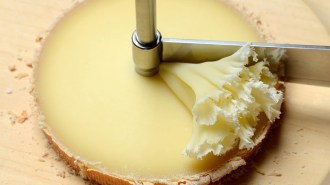 Physics
PhysicsPhysicists explain how cheese rosettes form
Rosettes made by scraping Tête de Moine, or “monk’s head,” cheese result from variations in the friction between the blade and the cheese.
-
 Physics
PhysicsHere’s how we might generate electricity from rain
Water drops produce electricity when dripped through a small tube. That power might be harnessed as renewable energy in rainy places.
By Jude Coleman -
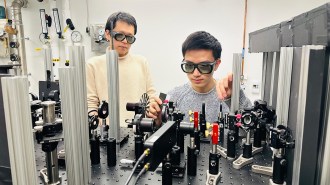 Physics
PhysicsImitation dark matter axions have arrived. They could reveal the real thing
A long-elusive, hypothetical subatomic particle called the axion can be simulated and potentially detected in a type of thin material.
-
 Particle Physics
Particle PhysicsNeutrinos’ maximum possible mass shrinks further
The KATRIN experiment in Germany nearly halved the maximum possible mass for neutrinos, setting it at 0.45 electron volts.
-
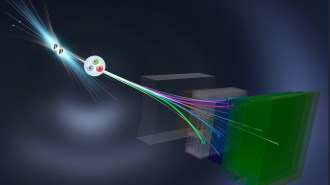 Particle Physics
Particle PhysicsPhysicists have confirmed a new mismatch between matter and antimatter
Charge-parity violation is thought to explain why there’s more matter than antimatter in the universe. Scientists just spotted it in a new place.
-
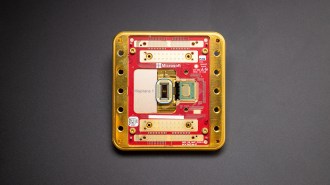 Quantum Physics
Quantum PhysicsPhysicists are mostly unconvinced by Microsoft’s new topological quantum chip
Majorana qubits could be error resistant. But after a contentious talk at the Global Physics Summit, scientists aren’t convinced Microsoft has them.
-
 Physics
PhysicsCalls to restart nuclear weapons tests stir dismay and debate among scientists
Many scientists say “subcritical” experiments and computer simulations make nuclear weapons testing unnecessary.
-
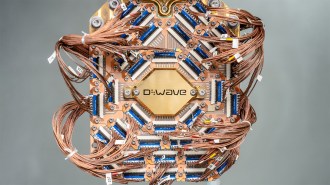 Quantum Physics
Quantum PhysicsA quantum computing milestone is immediately challenged by a supercomputer
A quantum processor solved a problem in 20 minutes that would take a supercomputer millions of years. A supercomputer then did a part of it in about 2 hours.
-
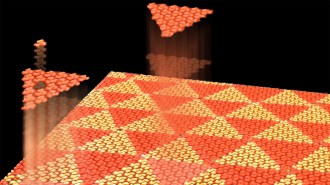 Math
MathThe einstein tile rocked mathematics. Meet its molecular cousin
Chemists identify a single molecule that naturally tiles in nonrepeating patterns, which could help build materials with novel electronic properties.
-
 Physics
PhysicsThe sound of clapping, explained by physics
The “Helmholtz resonator” concept explains the frequencies of sound produced by clapping the hands together in different configurations.
-
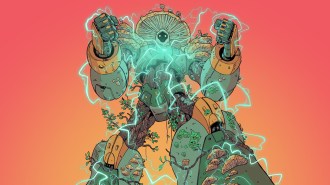 Tech
TechRobots are gaining new capabilities thanks to plants and fungi
Biohybrid robots made with plant and fungal tissue are more sensitive to their surroundings.
-
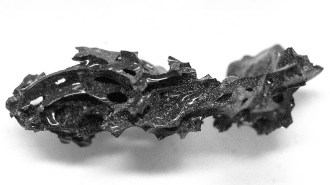 Archaeology
ArchaeologyMount Vesuvius turned this ancient brain into glass. Here’s how
Transforming the brain tissue to glass would have required an extremely hot and fast-moving ash cloud, lab experiments suggest.
By Alex Viveros